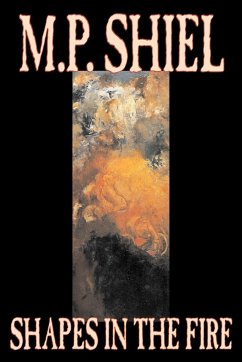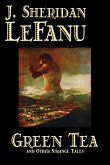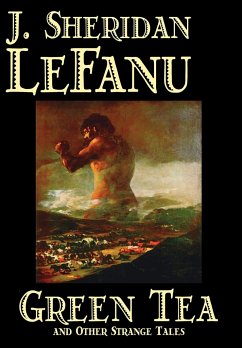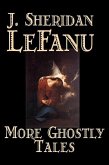Considered by some critics to be the most flamboyant works of the English decadent movement. August Derleth said M.P. Shiel was ." . . the Grand Viscount of the Grotesque . . . [with a] refulgently fanciful imagination and magical command of the English language." Arthur Machen said, "Here is a wilder wonderland than Poe ever dreamt of . . . It is Poe, perhaps, but Poe with an unearthly radiance."








